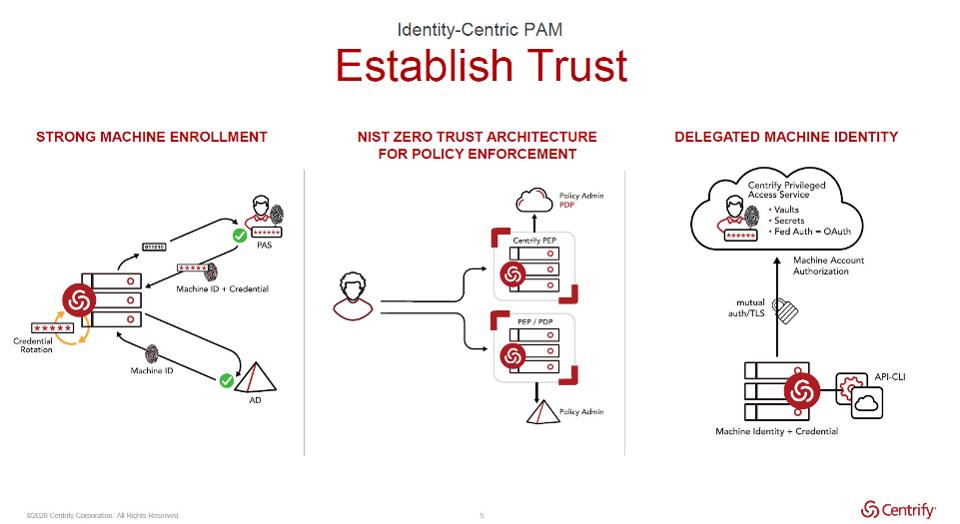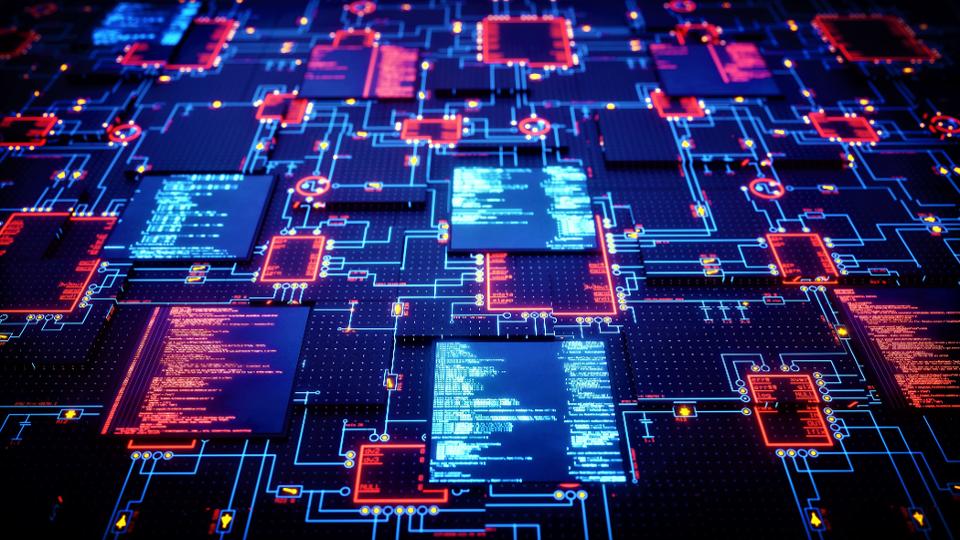Bottom Line: Existing approaches to securing IT infrastructure are proving unreliable as social engineering and breach attempts succeed in misdirecting human responses to cyber threats, accentuating the need for machines to protect themselves.
Any nations’ digital infrastructure and the businesses it supports are its most vital technology resources, as the COVID-19 pandemic makes clear. Cybercriminal and advanced persistent threat (APT) groups are attempting to capitalize on the disruption that COVID-19 is creating to engage in malicious cyber activity. It’s become so severe that the United States Department of Homeland Security (DHS) Cybersecurity and Infrastructure Security Agency (CISA) and the United Kingdom’s National Cyber Security Centre (NCSC) issued a joint alert, COVID-19 Exploited by Malicious Cyber Actors earlier this month.
“If you’re in the Department of Defense, your doctrine says land, sea, air, space, cyber. An entirely new domain of warfare, but fundamentally, an entirely new domain of human existence. That’s really disruptive,” said General Michael Hayden during his keynote at the 2017 Institute for Critical Infrastructure Technology (ICIT) Winter Summit. General Hayden’s comments are prescient of the world in 2020.
In the same keynote, he said that it’s essential that cyber-threats and the actors carrying them out be treated as invading armies and cyber-attacks be considered an act of war. “We self-organize and use business models to guide our self-organization,” General Hayden said. “We will have to rely on ourselves and the private sector in a way that we have not relied on ourselves for security.”
General Hayden’s’ comments are a call to action to the private sector to take the initiative and innovate quickly to secure the cyber-domain. Machines protecting themselves is an area noteworthy for its innovative technologies for securing IT infrastructures and the networks that comprise them.
Exploring An Approach to How Machines Protect Themselves
Wanting to learn more about how machines would be able to protect themselves automatically, I spoke with Centrify’s Chief Strategy Officer, David McNeely. He explained that one of the best ways is to have a client that is an integral part of any operating system act as an intermediary that establishes a trusted identity for each client system on a network. The client would then be able to authenticate every login attempt and request for resources by verifying each login through an authoritive security management platform such as Active Directory (AD).
McNeely explained how Centrify’s approach to having machines protect themselves using clients integrated with operating systems. “The client is designed to enable the computer to authenticate users. It must have a trusted relationship with the authoritative identity service in the organization that manages user accounts, this is usually Active Directory. The computer account and trust relationship is what enables strong authentication of user login requests” he said.
He continued, “Self-defending machines address the paradigm shift occurring in cybersecurity today where protection cannot be enforced at the network boundary. In the past, trusted networks were defined by administrators using network protection tools such as VLANs, firewalls and VPNs in order to protect a group of machines on that network. With self-defending machines, it’s possible to implement a true Zero Trust approach more fully where the network cannot be trusted.”
The following is a graphic of how Centrify is approaching machine-to-machine Zero Trust across distributed environments:

HTTPS://WWW.CENTRIFY.COM/
Centrify’s approach is based on servers protecting themselves by enforcing a policy defined by IT administrators as stored in Active Directory (AD) or Centrify’s Privileged Access Service. Clients then carry out the orders, enforcing centrally managed policies for each of the following scenarios:
- Define who can login, making sure only authorized personnel are allowed access.
- Whether clients should initiate the process of enforcing MFA or not, to make sure the login attempt isn’t a bot, fake ID, or incorrect human.
- Whether audit is required or not of the login session and if so, what conditions define if it should be recorded or not.
- Which privileges are granted to each user and for how long once they’ve gained access to systems.
Why The NIST 800-207 Standard Matters
The National Institute of Standards and Technology (NIST) has defined Zero Trust architecture as a set of guiding principles that organizations can use to improve their security posture. You can view the publication online here: NIST Zero Trust Special Publication 800-207, Zero Trust Architecture (PDF, 58 pp., no opt-in).
Organizations need to continually evaluate their existing cybersecurity defenses in light of the Tenets of Zero Trust in order to continually improve their security postures. The NIST standard underscores the importance of how security architecture matters. For example, defenses to protect assets need to be as close to the asset as possible, much like in a war. In this new era of cyberwarfare, soldiers will need their own body armor and tools to defend against an adversary. Similarly, it is important to arm each server with appropriate defenses to protect against cyberthreats.
Conclusion
General Hayden’s challenge to private industry to pick up the pace of innovation so the nations’ cyber-domain is secure resonates with every cybersecurity company I’ve spoken with. One of the most noteworthy is Centrify, who has devised an enterprise-ready approach for machines to protect themselves across infrastructure and network configurations. It’s Identity-Centric approach to authenticating every login attempt and request for resources by verifying each login – through Active Directory (AD) or the cloud-based, FedRAMP-authorized Centrify Privileged Access Service – differentiates its approach from other cybersecurity vendors attempting to empower machine self-defense.



